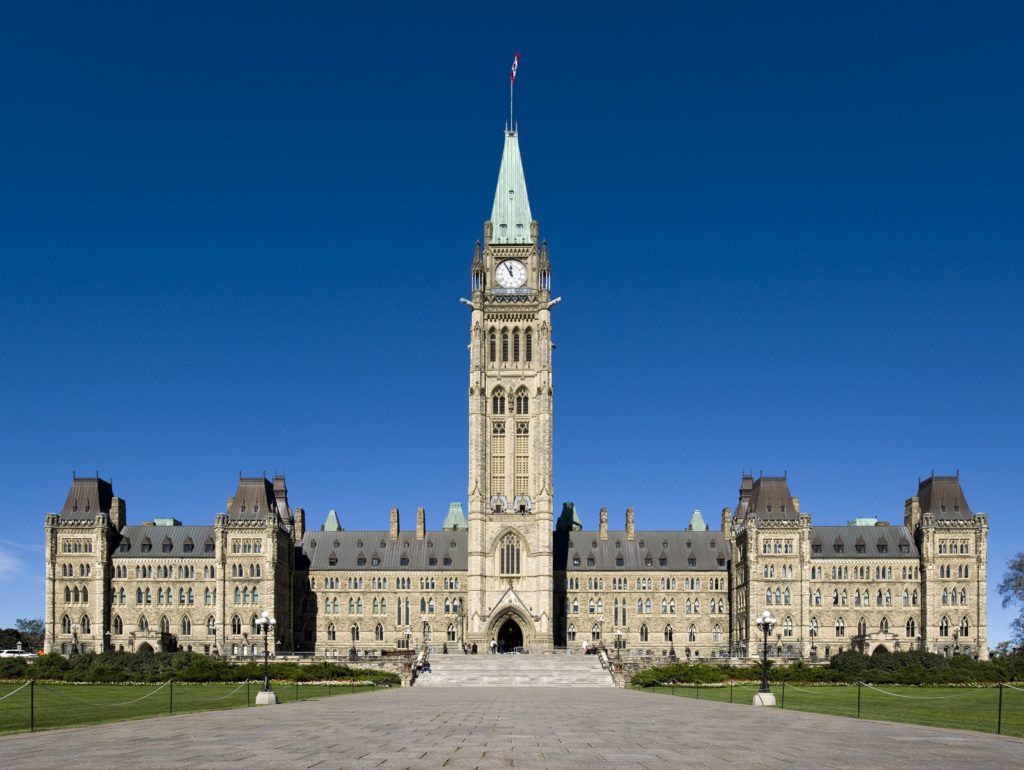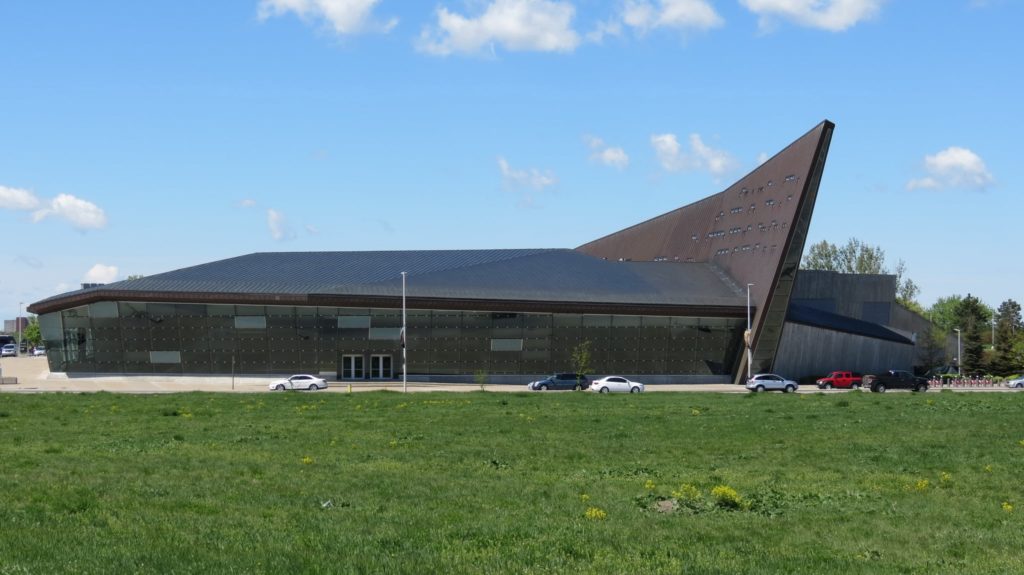As the capital city of Canada, Ottawa is the place where all sorts of travelers visit and have fun. Ottawa is home to Parliament Hill which is a wonderful Gothic-style structure overlooking the Ottawa river.
Ottawa being Canada’s capital is the best place to experience some of the country’s best attractions, celebrations, and flavors. Within a short walk from your accommodation, you can visit famous Parliament Hill, take an epic paddle, skate or cruise on the Rideau Canal which is a UNESCO World Heritage Site, and visit many of the country’s national museums.
Everywhere on both the Ontario and Quebec sides of the Ottawa River, lively areas entice you with delicious fresh local food, crafty beer, and unique shopping experiences. Wonderful outdoor spaces within the city and in the nearby countryside offer a lot of activities including cycling, hiking, rafting, and skiing. Furthermore, regardless of the season, events like the Canadian Tulip Festival, Winterlude, and Bluesfest fill the city with beauty and excitement.
No matter the season you visit, Canada’s Capital is a treasure trove of amazing attractions, celebrations, and flavors. If you are planning to visit Canada, make sure to explore the beautiful Ottawa where you won’t ever run out of things to do. Here are some of the best attractions. Celebrations and flavors in Ottawa, Canada-:
Parliament Hill Ottawa

The Parliament Buildings, in all their magnificence of Victorian Gothic sandstone, are amazing and imposing sights on the 50-meter-high Parliament Hill (Colline du Parlement) looking out over the Ottawa River. The Parliamentary Library, at the rear of the building opposite the entrance, is a beautifully furnished octagon that was immaculate in the 1916 fire. You can explore the sprawling historic Center Block on a guided visit and the public can likewise go to a question period when the government is in the meeting.
The amazing grassed area before the Parliament structures is patrolled in summer by individuals from the Canadian Mounted Police, looking exceptionally wonderful in their Mountie uniforms of Stetsons, scarlet jackets, knee boots, and riding breeches.
Canadian War Museum

Situated close to the Ottawa River, the strikingly modern Canadian conflict Museum (Musée Canadien de la Guerre) explores Canada’s military past. Exhibits cover everything from the battling among French and Iroquois people in the sixteenth century through the Canadian contribution to the First and Second World Wars.
There are likewise shows relating to the role of modern peacekeepers. US visitors will discover it particularly fascinating to see the history of familiar historical events, for example, the War of 1812, from the Canadian perspective.
Few of the shows are interactive, and the assortment of military vehicles shown includes more than 50 jeeps, tanks, motorcycles, armored trucks, and even Hitler’s limousine. A gift shop and cafe are situated on the premises.
Rideau Canal

The 200-kilometer-long, yet only 1.6-meter-deep Rideau Canal, connects Ottawa with Kingston on Lake Ontario. Sometimes likewise called the Rideau Waterway, it was initially intended as an essential route between Lake Ontario and Montreal, the military requirement for which was shown during the war with the United States in 1812.
In summer, the channel and locks are active waterways. Fun things to do include taking a Rideau Canal cruise aboard one of the many tour boats that utilize the water here, even better, splash out on an overnight journey of the waterway. When it freezes over, however, the canal turns into a recreational facility for celebrations and skating, one of the most loved activities in Ottawa in the winter.
National Gallery of Canada

The National Gallery of Canada is designed by Moshe Safdie and is ultra-modern (Musée des Beaux-Arts du Canada), with crystal-like glass towers that echo the lines of the close by Parliament Buildings making the gallery an architectural masterpiece. The glass contrasts with the mock middle-age Château Laurier, yet the attraction actually fits well into Ottawa’s cityscape.
Inside what is one of the biggest art museums in North America, trace the development of Canadian art from religious works to the Group of Seven, galleries display aboriginal art, show temporary exhibitions, and explore European Impressionism. The rooms of Inuit are on the lower level under the glass-encased Great Hall.
Canadian Tulip Festival

Ottawa’s spring festival denotes the end of winter as the tulips – given by Queen Juliana of the Netherlands in appreciation for the city’s hospitality during the Second World War – come into bloom all over the city. Commissioner’s Park and Canal banks in particular are the scenes of general celebrations.
Major’s Hill Park, southwest of the basilica, is aflame with a large number of tulips. Taking all things together, a few million tulips bloom in the city, with tulip attraction sites spread out on a beautiful “Tulip Route”. Performances and fireworks are additionally regular attractions.
Dows Lake Pavilion

Dows Lake Pavilion has a wonderful location, extending out into and overlooking the lake. This facility has various restaurants, including an outdoor patio that is well known in summer. The pavilion additionally looks out over the docks where it’s possible to rent canoes, paddle-boats, bikes, or kayaks. The lake is likewise a popular fishing destination. You can rent sleds and skates in winter, and the park hosts events during the Winterlude festival. In the spring, it’s decorated with formal tulip shows during the Tulip Festival.
Being a beautiful city, there are many reasons to visit the capital city of Canada-Ottawa. These reasons revolve around getting to know the history of Ottawa through attractions, celebrations, and flavors. Nothing beats seeing and experiencing the real thing by visiting different attractions through private transportation services in Ottawa Ontario and attending various festivals.
